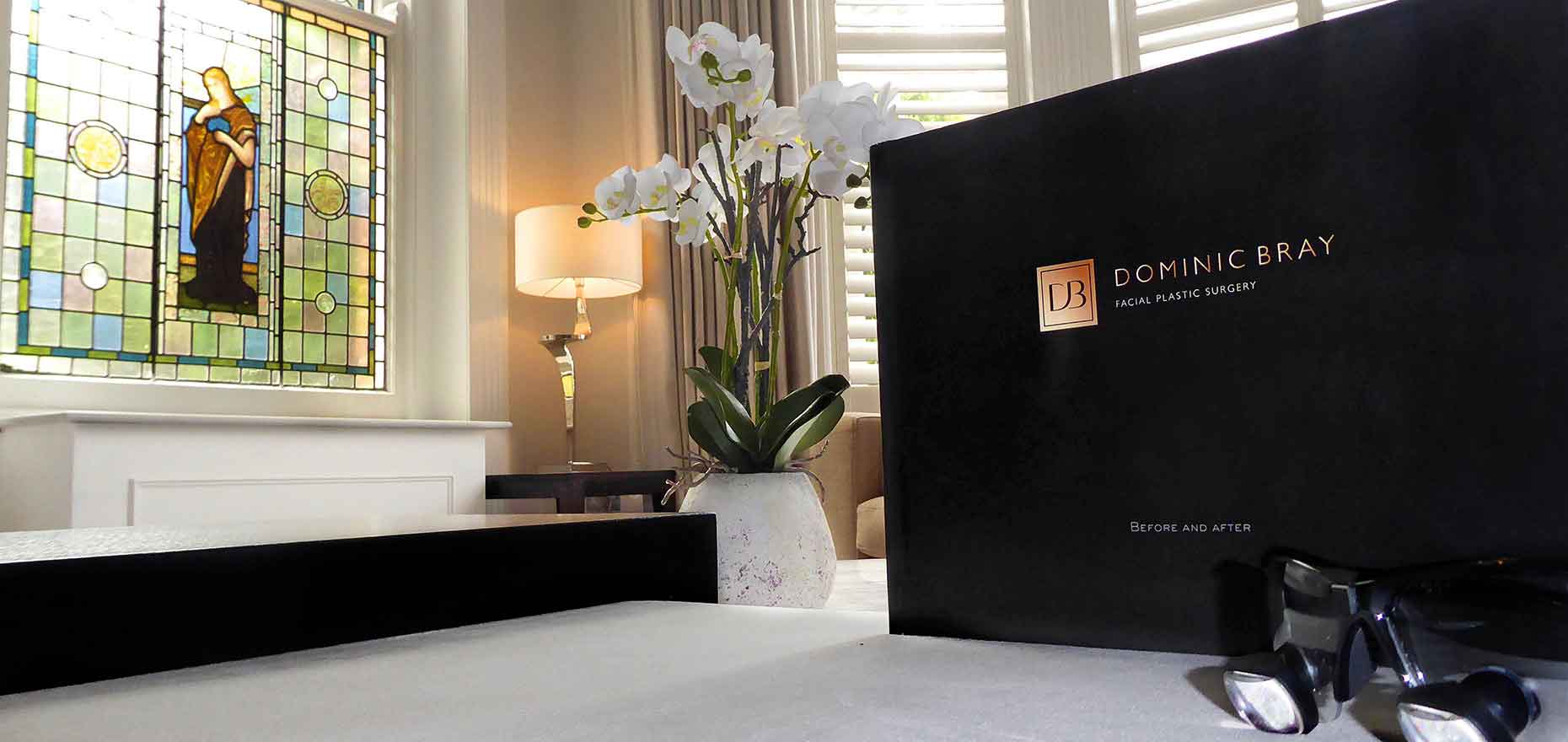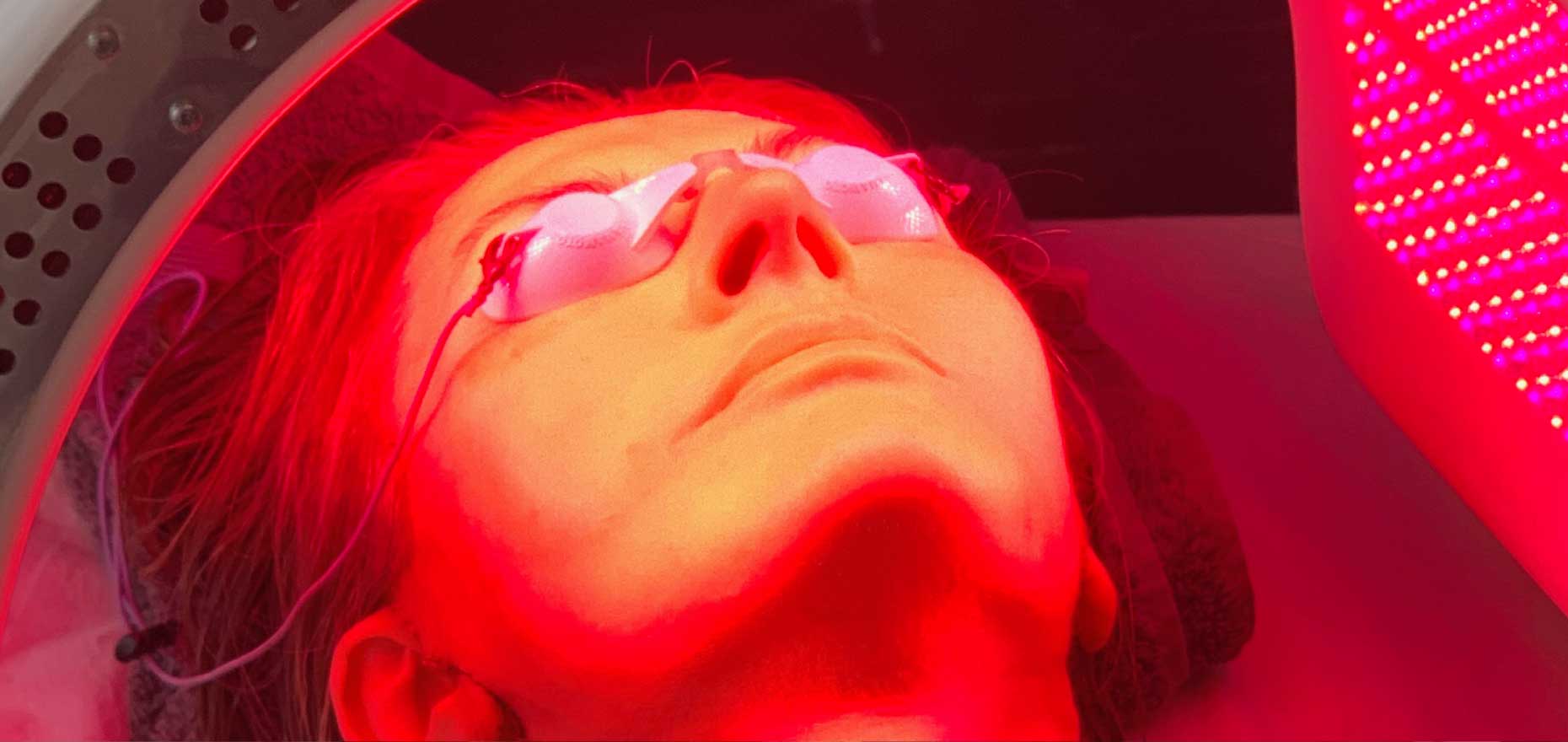
Mini Facelift
At a glance
Indications
Mild mid face descent, jowls, loose skin, ageing face
Anaesthesia
Local anaesthetic
Technique
SMAS plication or imbrication
Overnight Stay
day case
Removal of Stitches
1 week
Return to work
5-7 days
Normal exercise
4 weeks
Healed result
12 weeks

Mini Lift Consultation
The initial meeting in London about mini facelift surgery – or at our clinic in Tunbridge Wells – is an opportunity for you to talk and me to listen. I like to understand what has led people to seek advice on improving the appearance of their face.
This helps me understand the main issues people are seeking to address with their appearance although few people meet my criteria for this cosmetic surgery as I see it as a temporising measure before more tangible ageing is apparent. The consultation procedure enables us to discuss what might be achieved with surgery, set expectations and outline options and their associated risks.


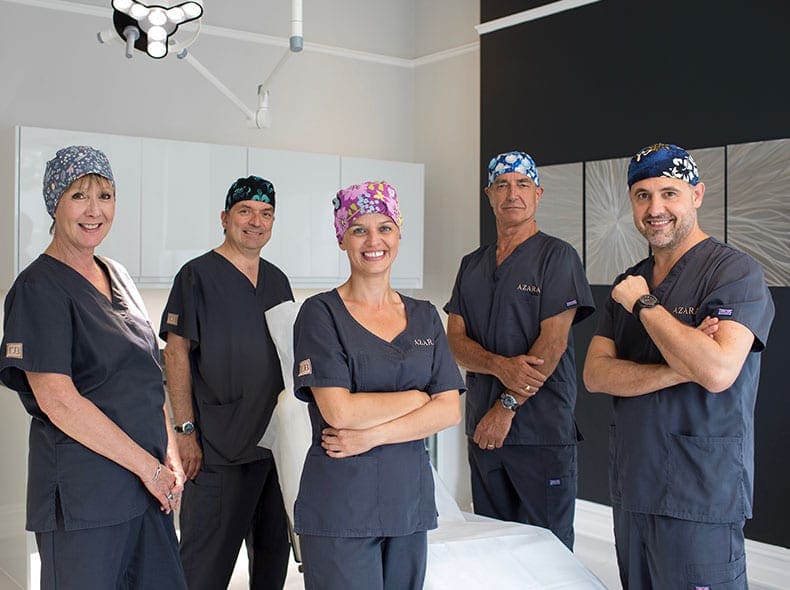
Preparation
A mini lift surgery procedure is less invasive than a full face lift and neck lift treatment, preoperative preparation is less onerous. This really is a walk in walk out surgery procedure.
My clinical team discuss preoperative preparation with all my patients, and everything is considered. In the case of mini facelift surgery there are no pre-operative medications, but certain supplements and as blood thinners – Non steroid anti-inflammatories (Ibuprofen, Neurofen, Voltarol), Aspirin, Vitamin E, Arnica and alcohol – should be avoided in the week before surgery treatment.

Mini Facelift London Procedure
I take written consent for the face procedure(s) we have mutually agreed and give a copy to take away and read at leisure. Any queries that might arise are welcome to be clarified at a second preoperative meeting if requested with me or my team.
On the day of face surgery my patients check in as day patients to Azara, our Care quality commission registered independent hospital. Once in a gown and after consent is confirmed, they are escorted to the surgical suite for the face procedure by our nurses team. The skin and facial tissues are injected with local anaesthetic until completely numb. A small incision is made around the sideburn hairline to the tragus cartilage of the ear and the skin is elevated. The SMAS is then either imbricated or plicated and the excess redundant skin created is removed and meticulously closed. A face support garment is applied.
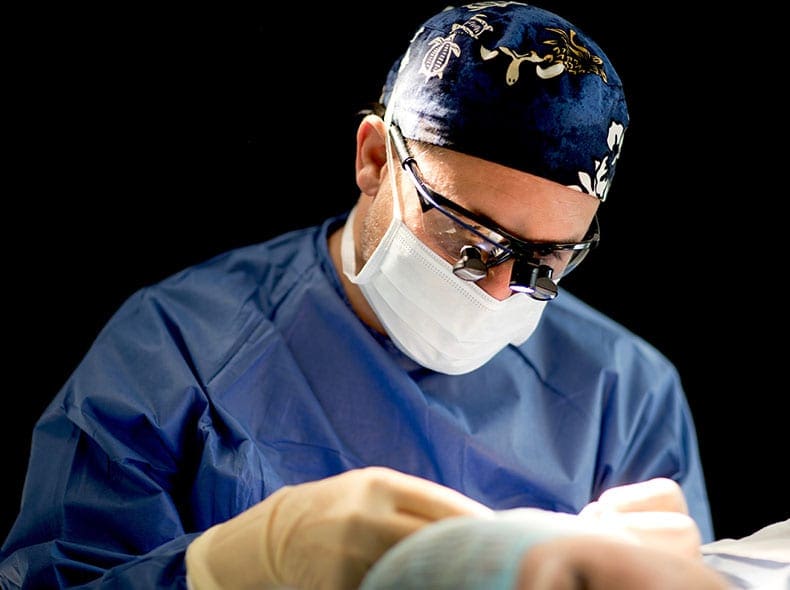


Mini Facelift Recovery
People literally walk out of surgery in the operating theatre into the recovery room from the procedure and, after a sugary drink, are changed back into their own clothes ready for discharge from the clinic. There is no serious downtime due to this facelift procedure. Overnight at home, the face can feel tight but nothing that paracetamol alone doesn’t alleviate and are advised to use icepacks in front of the ears. Occasionally there might be mild leakage of anaesthetic fluid in the first few hours on to the gauze bandage.
Over the next few days the face can look pretty alien with swelling but this starts to improve from day 3. No exercise or bending forward after surgery is advised and I suggest not drinking too much water or eating salt. The jaw may feel tight where the muscles have been tightened but this is normal and subsides.
The stitches are removed at our clinic a week after treatment by which time most of the bruising and swelling on the face has settled. Most can now return to work such is the shortness of recovery time or even before with their hair down covering the signs of facial surgery.

Aftercare
This type of facelift technique tends to heal very quickly being minimally invasive. The incisions from the cosmetic surgery are short and the extent of dissection is limited. If you are unlucky there can be a temporary black eye after the surgery procedure on one or both sides of the face. The operated area on the face and cheeks can be lumpy and bumpy for a few weeks and the overlying skin might be numb. This usually returns to normal within a few weeks though. The incisions should be kept clean until the stitches are removed a week after surgery.
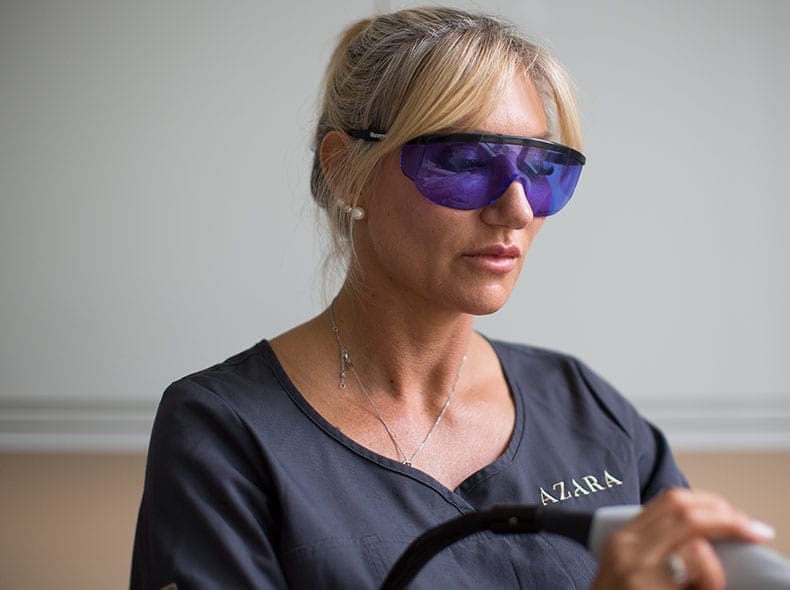


How long does a mini facelift last?
It is difficult to put a timeline on longevity of this facelift procedure as every face is different. As a mini facelift isn’t a definitive repositioning of sagging facial soft tissues with deeper ligament release the results against the ageing process are more short lived than with a traditional facelift, namely deep plane face and neck lift. With all procedures by face surgeons there are no guarantees but I have patients up to 5 years out of mini facelift who still enjoy the benefits.


Mini Face Lift Risks and Complications
No facial surgery procedure is without risk, these risks are however minimised by careful patient selection, adherence to preoperative guidance and conscientious post operative care. The more common complications below are listed and the list is not meant to be exhaustive.

Bleeding
Where face tissues are dissected there can be bleeding from small capillaries that create an expanding blood clot (haematoma), if treated promptly – this has no reflection on the final outcome other than prolonged bruising.
Poor scarring
All facial incisions by surgeons create wounds which heal to a very fine and barely visible scar in almost all patients. Some patients have a predisposition to poorer scarring which can be Raised (hypertrophic),Wider (keloid) or White (hypopigmented) – In my experience it is younger patients under 46 years old that tend to heal less predictably.
Infection
I prescribe prophylactic antibiotics routinely and it is not uncommon to need to use a topical antiseptic ointment on face wounds to keep them clean, but true infection is very rare.
Nerve weakness
Temporary weakness of the face muscles that move the lip, mouth or brow might occur post procedure , usually due to stretching, swelling and tissue dissection
Numbness
Less of a complication and more of an inevitability. As the skin is elevated it becomes numb in those facial areas for some weeks after surgery and is a normal part of the healing process.
Delayed healing
When skin is elevated, the blood supply to the skin is temporarily compromised. In patients with already compromised blood flow: smokers, revision cases, areas of skin might scab and heal slowly (necrosis)
Suture spitting
Stitches are a foreign body and the body might reject them before they are dissolved (or as part of the dissolving process). These can cause small spotson the face that need treatment to remove them.

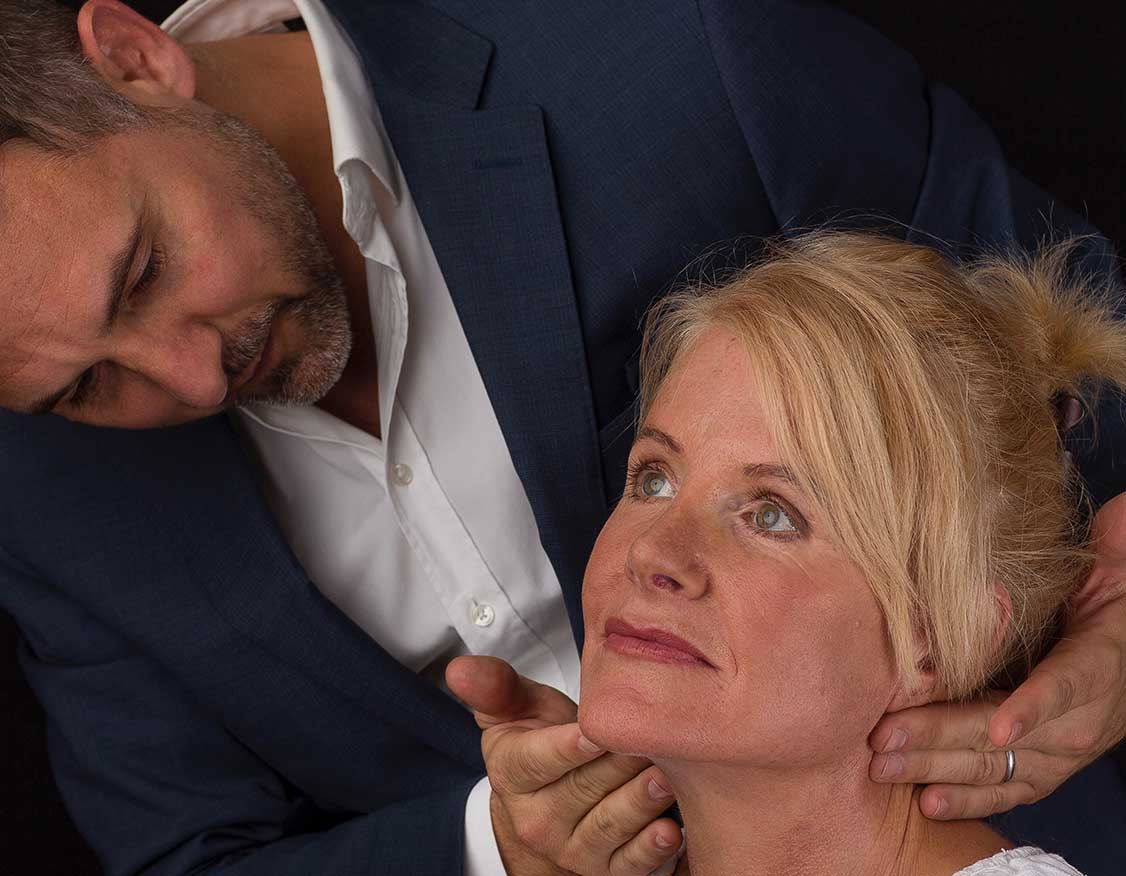
Considering
Facelift Surgery?
The definitive guide to anyone considering facelift and neck lift surgery at our London or Tunbridge Wells locations. Essential research for potential patients.
Read this first